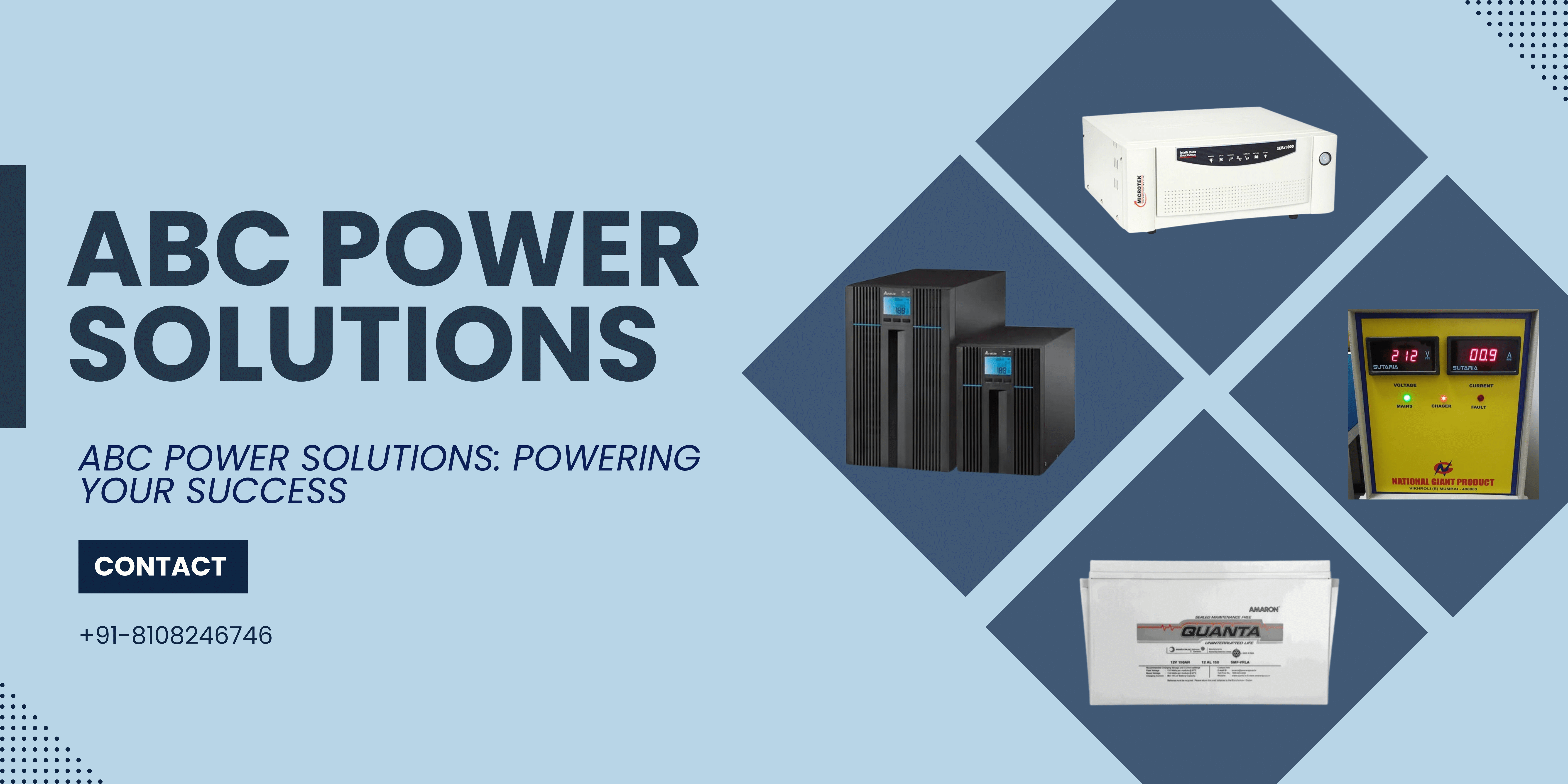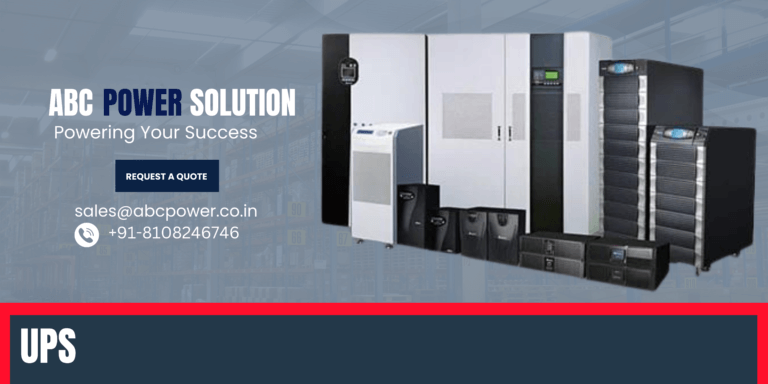Essential Power Protection Tips for Home and Business
Introduction
In our increasingly digital world maintaining steady and reliable power supply has never been more critical. Whether you’re running a family home or managing a bustling business, unexpected power issues can throw a wrench in your plans, leading to disruptions and potential financial loss. This article dives deep into the various power disturbances you might face, offers essential strategies for protection, and helps you develop a solid plan to tackle power-related challenges head-on.
Importance of Power Protection
Power protection is crucial for safeguarding your devices and ensuring that your daily operations run smoothly. Without adequate protection, electrical disturbances can lead to costly repairs, data loss, or downtime. By understanding the risks and implementing robust protection measures, you can avoid headaches and keep everything functioning without a hitch.
Overview of Potential Power Issues
Power disturbances come in many forms—each with its own set of issues. Understanding these potential hazards will help you prepare better.
Objectives of the Article
This article aims to:
- Explain various types of power disturbances and their impacts.
- Suggest basic and advanced power protection strategies.
- Outline best practices for maintaining power protection.
- Offer steps for preparing for power emergencies.
1. Understanding Power Disturbances
1.1 Types of Power Disturbances
- Voltage Sags and Swells: A sudden drop or increase in voltage can lead to equipment malfunction or failure.
- Power Surges: Usually caused by lightning strikes or large appliances turning on, these spikes can overwhelm your devices.
- Blackouts and Brownouts: A blackout is a complete loss of power, while a brownout is a partial reduction, both leading to interruptions in daily activities.
1.2 Causes of Power Disturbances
- Weather Conditions: Storms, high winds, and lightning can disrupt power lines.
- Equipment Failures: Overloaded circuits or faulty appliances can lead to power instability.
- Human Error and Accidents: Mistakes during maintenance or construction can accidentally sever power lines.
1.3 The Impact of Power Disturbances
- Damage to Electrical Equipment: Sensitive devices can be ruined by unexpected power changes.
- Data Loss and Downtime: Businesses reliant on technology can face significant losses during power issues.
- Financial Implications for Businesses: These disturbances can lead to lost revenue and repair costs.
2. Basic Power Protection Strategies
2.1 Surge Protectors
Functionality of Surge Protectors: These devices absorb or redirect excess voltage, protecting your gadgets from damage.
Choosing the Right Surge Protector: Look for one with a good joule rating and multiple outlets to cover your devices adequately.
Installation Tips: Plug surge protectors directly into wall outlets, and avoid daisy-chaining them for maximum effectiveness.
2.2 Uninterruptible Power Supplies (UPS)
How a UPS Works: A UPS provides backup power for a brief period during outages, giving you time to save work and shut down devices properly.
Benefits of Using a UPS: It protects against data loss and offers peace of mind during unexpected power changes.
Selecting the Appropriate UPS for Your Needs: Consider the wattage requirements of your devices and the amount of time you might need backup power.
2.3 Circuit Breakers and Fuses
The Role of Circuit Breakers and Fuses: These devices cut off the flow of electricity during overloads, preventing fires and equipment damage.
Differences Between Circuit Breakers and Fuses: Circuit breakers can be reset, while fuses must be replaced after they blow.
Maintenance and Periodic Checks: Regularly inspect these devices for any signs of wear, and consider having a professional check them periodically.
3. Advanced Power Protection Solutions
3.1 Whole-House Surge Protection
Overview of Whole-House Surge Protectors: These systems protect your entire home from surges, not just individual outlets.
Installation Considerations: Hiring a licensed electrician is crucial for proper installation and safety.
Costs and ROI Analysis: While the upfront cost might be higher, the long-term protection can save you from potentially massive repair bills.
3.2 Backup Generators
Purpose of Backup Generators: They provide power during outages, allowing you to continue your daily activities without interruptions.
Types of Generators Available: Options range from portable to standby generators; choosing the right one depends on your power needs.
Installation and Maintenance Best Practices: Regular maintenance is vital to ensure functionality when you need it most. Consult with professionals for optimal setup.
3.3 Power Conditioning Equipment
What Is Power Conditioning? This equipment smooths out power fluctuations, delivering consistent voltage throughout your home or business.
Benefits of Power Conditioners: They enhance the performance and lifespan of your electronics.
Different Types of Power Conditioning Solutions: Look for options that fit your needs, from simple devices to more comprehensive systems.
4. Best Practices for Maintaining Power Protection
4.1 Regular Maintenance Checks
Importance of Routine Inspections: Regular check-ups can help catch potential issues before they become serious problems.
What to Look for During Checks: Inspect for wear and tear on circuits, outlets, and devices; replace any damaged equipment promptly.
Record Keeping and Documentation: Maintain logs of inspections and any issues found for future reference.
4.2 Education and Training
Educating Staff on Power Protection: Awareness among employees can minimize risks associated with power disturbances.
Training for Emergency Responses: Conduct drills so everyone knows how to react in an emergency.
Creating a Power Protection Policy: Develop guidelines that outline procedures and best practices for handling power issues.
4.3 Monitoring Power Quality
Tools for Monitoring Power Quality: Devices that track voltage levels can help you catch disturbances in real-time.
Setting Up Alerts for Disturbances: Use apps or systems to notify you immediately of any power issues that arise.
Analyzing Data and Trends for Action: Regularly review collected data to identify patterns that can lead to improvements.
5. Preparing for the Unexpected
5.1 Creating a Power Protection Plan
Components of a Power Protection Plan: Include strategies, responsibilities, and equipment lists for efficiently handling power-related issues.
Involving Relevant Stakeholders: Collaborate with family members, employees, or management to ensure everyone is on board.
Continuous Improvement of the Plan: Regularly update your plan based on new information or changes in your environment.
5.2 Emergency Response Procedures
Developing Clear Procedures for Power Outages: Outline what steps to take during power disturbances to ensure safety and efficiency.
Importance of Communication: Maintain open channels for alerts and updates so everyone stays informed.
Review and Practice of the Procedures: Regularly rehearse to ensure everyone knows their roles during power emergencies.
5.3 Financial Planning for Power Issues
Budgeting for Power Protection Solutions: Set aside funds specifically for power protection investments.
Insurance Considerations: Review your insurance policy to ensure coverage for potential power-related losses.
Cost-Benefit Analysis for Power Investments: Weigh the costs of protective measures against potential damages to determine their financial viability.
Conclusion
Power protection is not just a luxury; it’s a necessity for safeguarding your home and business from unforeseen disturbances. By understanding the risks, implementing proactive strategies, and preparing for emergencies, you’ll be well-equipped to tackle any power-related challenge that comes your way. Take action today, and don’t leave your peace of mind to chance.
FAQs
What is a surge protector and why do I need one?
A surge protector prevents voltage spikes that can damage your electronic devices. It’s essential for protecting your investment and ensuring smooth operation.
How often should I check my power protection equipment?
Regular checks every six months are advisable to catch potential issues early and keep your systems functioning well.
What steps should I take during a power outage?
Keep calm, turn off sensitive equipment, and utilize your backup systems. Follow your emergency response procedures to ensure safety.



